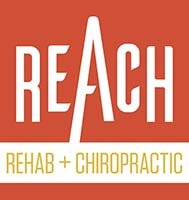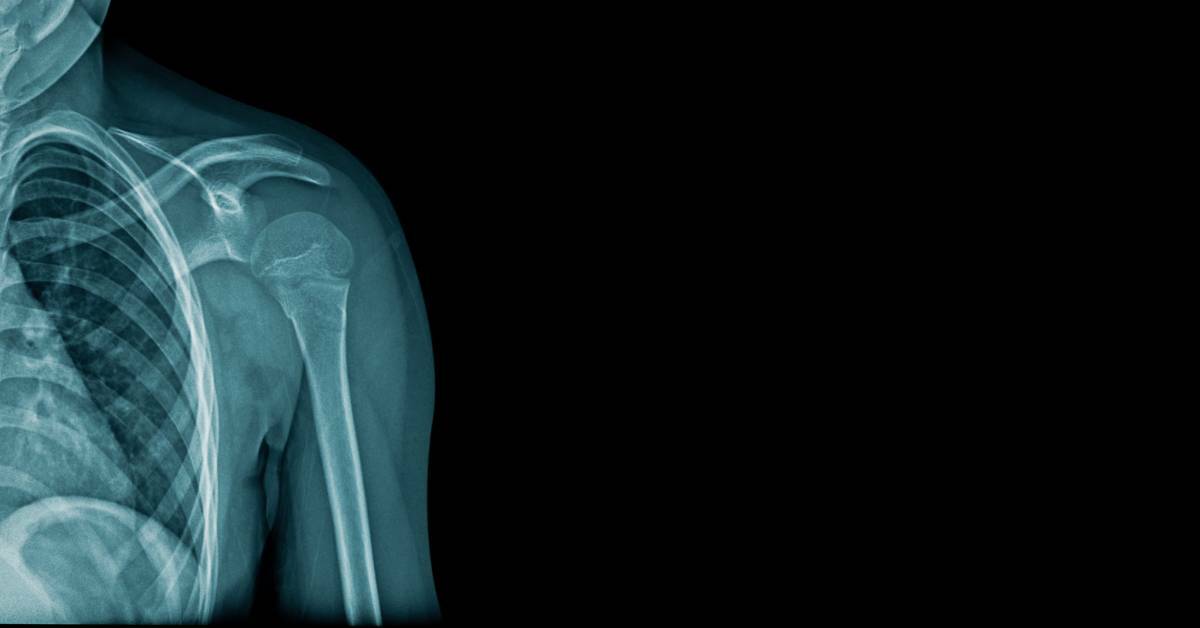Introduction to Modern Chiropractic Care
While X-rays are a marvel of modern technology and physical care, they aren’t appropriate for every situation. Yet, care providers of all varieties might use them as diagnostic tools when other avenues might work perfectly fine, especially when treating back pain. Back discomfort is a fact of life for many adults in the United States.
The reasons behind the discomfort vary from patient to patient. At REACH Rehab + Chiropractic, we believe in taking a patient-centric approach to helping our clients manage their back pain. We discuss why we might say, “no x-ray today,” when helping you find the source and remedy for your spinal symptoms. Learn more to our approach below.
Conservative Care First: The Philosophy
Do chiropractors use X-rays to diagnose spinal issues? They may when the problem can’t be resolved with basic chiropractic care. However, x-rays and other diagnostic imaging protocols are invasive.
Many chiropractors prefer to try non-invasive treatments first. When you visit a chiropractor for pain management or treatment, you might have surprisingly simple issues with muscle weakness, soft tissue misplacement, or mechanical dysfunction. Your chiropractor may craft a conservative care plan to build lost strength and improve flexibility, which can effectively mitigate or even heal the part of the body causing you trouble.
They can adjust your care plan based on tangible results without introducing potentially harmful or expensive diagnostic services. This saves time and money while resolving problems with more natural approaches.
When Is an X-Ray Necessary?
An experienced chiropractor often diagnoses you in the office without sending you for tests. However, some circumstances require additional diagnostic tools to confirm injury severity for:
- Broken bones: If you break a bone, you might need other medical care before working with a chiropractor to build strength and improve mobility. An X-ray helps your team understand which areas to reset and the protective cast they should use.
- Dislocations: Dislocation happens when a traumatic force moves a bone from its original position.
- Sprains: Soft tissues can rupture and tear from excessive or repeated force, creating a sprained area.
These musculoskeletal concerns accompany other noticeable symptoms. A knowledgeable chiropractor investigates these concerns and will order an x-ray or other diagnostic imaging when needed.
The Alternatives to X-Rays in Chiropractic Diagnosis
Why else might your chiropractor say, “No x-ray today?” X-rays and computed tomography (CT) scans put out a form of electromagnetic radiation that may cause hair loss, stomach troubles, and other side effects. While they only expose you to small amounts of radiation, your body can only handle so much of it within your lifetime.
Your chiropractor may choose alternative diagnostic and treatment methods to limit your exposure. An X-ray-free plan looks a little like this:
- Your chiropractor performs a manual, in-office exam to see what your injury feels and looks like in person.
- They interview you about your symptoms and the conditions surrounding your pain.
- They begin a treatment routine. During this time, you should see improvements to prevent the need for an x-ray.
Understanding the Wait: Educating Patients on the Process
Few, if any, non-invasive treatment plans offer instant results. Reaching your comfort and health goals takes time. Therefore, receiving an X-ray or another imaging service won’t help you recover faster unless you have severely injured bones or soft tissues.
So, what can help you recover faster when working with a chiropractor?
- Prioritizing safe, non-invasive options first: Chiropractic care and recommended lifestyle changes can significantly improve your quality of life within weeks.
- Communication: Discuss your pain points and how each treatment approach affects your comfort and mobility.
- Consistency: Stick with the program and don’t give up when your chiropractor recommends a habit or lifestyle change.
- Realistic expectations: Give your treatment time to work. Be patient with your body while it heals.
Why REACH Rehab + Chiropractic Is the Go-To Place for Considered Care
“No x-ray today!” Are you surprised at your chiropractor’s approach? Don’t be alarmed when seeking treatment with REACH Rehab + Chiropractic. Your Plymouth, MI chiropractor has a reason for not subjecting you to unnecessary X-rays and other imaging protocols.
We only use this technology when we deem it appropriate to identify and locate a specific injury. Our team combines lifestyle changes, and strength-building exercises with holistic chiropractic and massage therapies that focus on the patient, not just the injury. Contact us at 734-335-0212 to schedule a consultation.


